|
Ira Christian RUMBURG
“Chris”
| |||||||
|---|---|---|---|---|---|---|---|
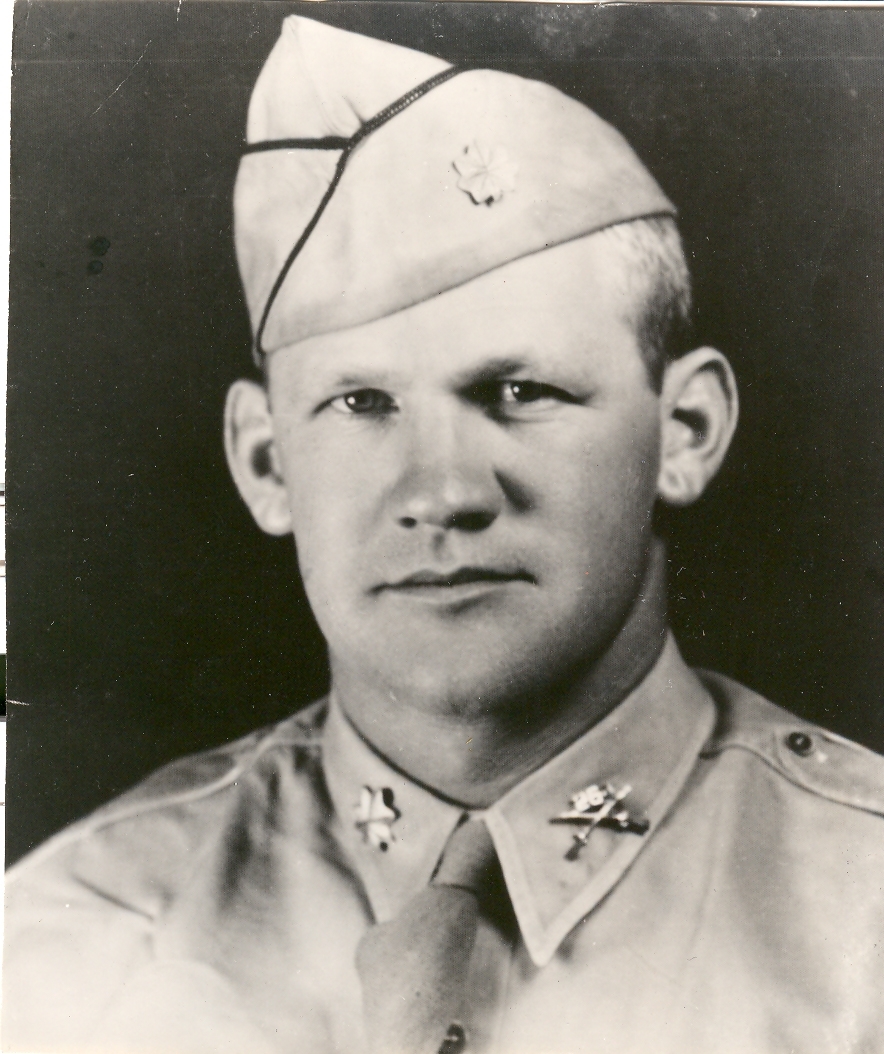 | |||||||
| NUMBER OF SERVICE | O-024620 | ||||||
| AGE | 38 yo | ||||||
| DATE OF BIRTH | 1906 WASHINGTON | ||||||
| ETAT | Columbia Country OREGON | ||||||
| FAMILY |
Mother: Lura Dean KILLMAN RUMBURG | ||||||
| RANK | Lieutenant Colonel | ||||||
| FONCTION | Company Commander | ||||||
| JOB BEFORE ENLISTEMENT | Job |  | |||||
| DATE of ENLISTEMENT | Day Month Year Country STATE | ||||||
| COMPANY |
Company Headquarter 1st Battalion | ||||||
| REGIMENT | 264th Infantry Regiment | ||||||
| DIVISION | 66th Infantry Division | ||||||
| DATE OF DEATH | 24 Décembre 1944 | 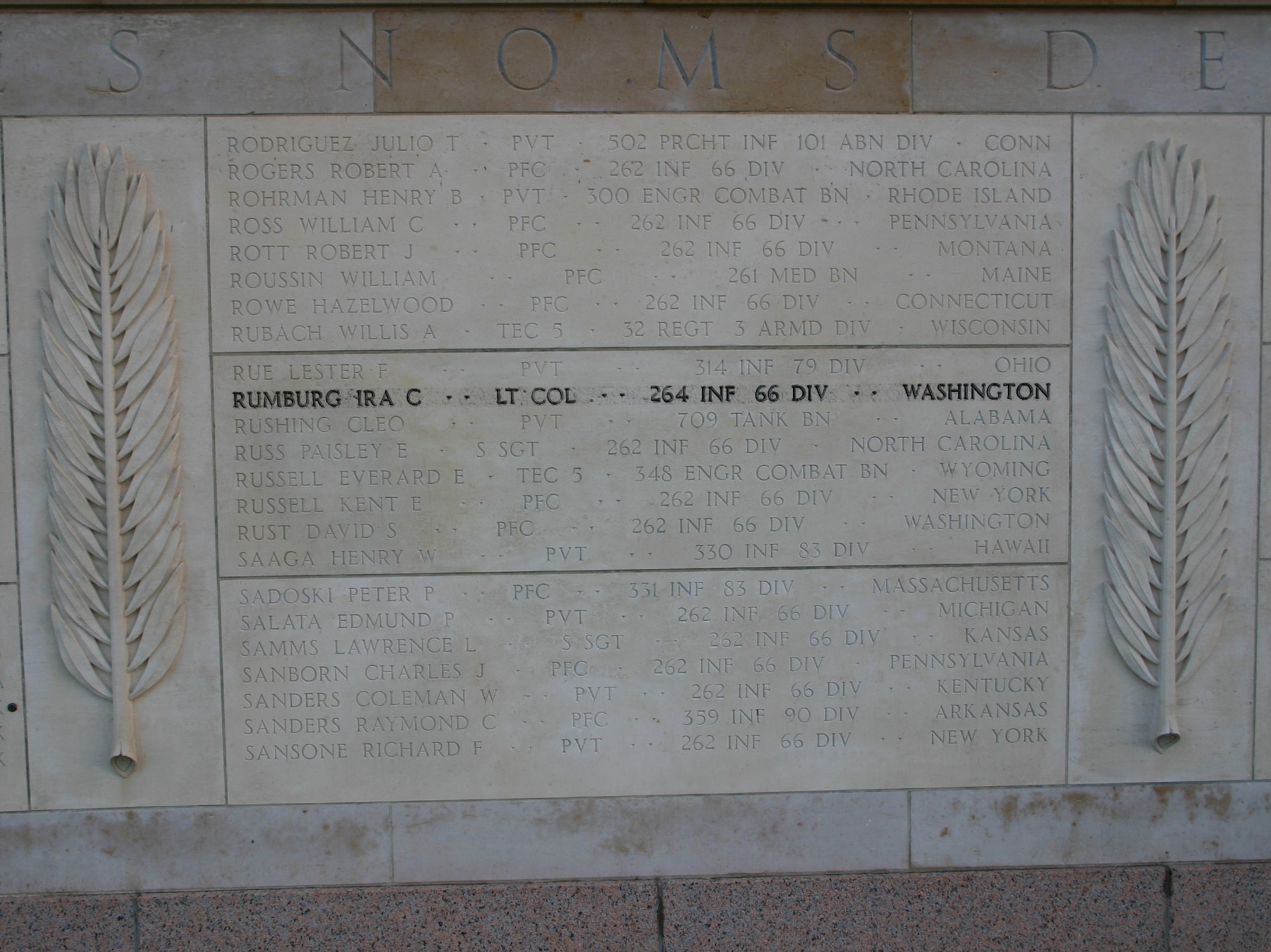 | |||||
| STATUS | MIA | ||||||
| PLACE OF DEATH | Aboard in USS Léopoldville, In Manche(Channel), off Cherbourg | ||||||
| CEMETERY | NORMANDY AMERICAN CEMETERY from Colleville Map Normandy American Cemetery | ||||||
| GRAVE |
| ||||||
| DECORATION |
| ||||||
| |||||||
| STORY | |||||||
|
He arrived at Washington State College in 1934 He was from West Valley High School in SPOKANE In 1937 he is part of the American football team of his school. Ira had a mentality of leader, his teammates elected him captain of the team (1937) He was also known for his tenacity in games, continuing to play despite injury premonition of his first history of Leopoldville. Ira was also president of the student association. He was also a wrestler, he won the championship of the northern division. In January 1938, the school has lost its mascot cougar whose name was Butch, he actively participated in the purchase of a new mascot. In March 1938, he had a role in a play Accent of Youth . He had the role of Dickie. Ira has saved many lives in this night of Christmas at the risk of his own. Cpt word from Howard C ORR: "Words are not enough to describe the courage and bravery displayed by Colonel Rumburg" Graduated from West Valley High School in SPOKANE, and Washington State University The day of receiving his college degree he had his rank of lieutenant. His first posting was in the Hunter Liggett Military Reserve CALIFORNIA
He received command training in England. He returned to the United States as an infantry instructor for the invasion of Europe.
| |||||||
|
Arrived on November 26th, 1944 in England, the division polishes up its training until December 24th In the daytime of the departure and the crossing towards France and Normandy. The division embarks on two ships of which the SS Leopoldville which receives 262th and 264th regiment Infantry and leaves Southampton in training(formation) accompanied with four escort ships. Arrived unless 5 miles from Cherbourg, a German submarine U-Boat 486 is in ambush and sends a torpedo to the ship. He is touched on the starboard beam before. 802 soldiers over the 2235 which he(it) transported are killed in this drama. Leopoldville is marine cemetery today. | |||||||
HISTOIRE D'UN HEROS |
|
In the numerous accounts documenting of what transpired during the chaos of that Christmas Eve, one thing was consistent, and that was the heroism displayed by Rumburg. A portion of Captain Howard Orr’s account states:“As we crawled out of the debris to an opening approximately three feet in diameter, we met Lt. Col. Rumburg of the 264th Infantry who inquired as to the situation below. During the hurried description, a voice was heard coming from “E” Deck through a gaping hole in the debris to our right. Almost simultaneously we called for ropes. At the same time, we flashed our lights down into the churning water approximately four to eight feet below. The level of the water changed as the water washed through the hole made by the torpedo. We could hear the voice but were unable to pick him up with our lights.” Before any decision could be spoken, Colonel Rumburg had removed his coat and dropped through the debris in the water below and swam as best he could to the soldier, pulling him from the debris. He dragged him to a position below the opening. By this time ropes had been brought and were lowered to the colonel. Before we could employ the use of the rope, water washed him and the soldier up to within a foot of the opening, causing the solider to strike his head against a ragged piece of bulkhead, knocking him unconscious and out of the colonel’s control. Rumburg again tried to find him but was too numb to sustain himself, let alone try to find anyone else. I should say that by this time Rumburg had been in the water 15 minutes or more. A rope noose was lowered about the colonel and after six or eight attempts, he was finally lifted from the water; however, in order to accomplish his release we were forced to twist and bend his body until he was almost unconscious. Also, the rope was small and as we pulled, it would cut into his waist, cutting off circulation and making breathing very difficult. When Colonel Rumburg was finally lifted from the hold, he was passed up the line and then taken to the infirmary. Words are inadequate in describing the courage and bravery displayed by Colonel Rumburg. Second Lieutenant Rowdney Boudwin gave a similar account:“Colonel Rumburg, who had arrived shortly after the explosion, heard a man plead for help from the deck below…the colonel ordered that a rope be tied about his waist so that he could go in through the rushing incoming water to pick up the man and bring him to a hole torn in the floor so that he could be pulled out. The colonel lowered himself through the jagged edges of the steel floor and made his way to the man. After a few moments, the colonel shouted to be pulled back. When the colonel reached the opening, he tried to (push) the man up and through the hole but the water rushing in and up smashed the man’s head against the floor and knocked him unconscious. When this happened, the man became dead weight, too heavy for the colonel to hold and the man was washed from the colonel’s arms.” In a letter to Chris’ wife, Naomi, dated January 27, 1945, Chief-of-Staff John Keating said of Col. Rumburg:“He worked for more than two and one half hours extricating trapped men from wreckage and leading others to safety they could not find for themselves. Every ounce of his enormous strength, which had become a legend among us, was expended in those trying hours. Those who were there tell of seeing him several times carrying two men at one time to safety. He initially suffered a hand wound and during his repeated acts of bravery, he received a blow to his head. This, his loss of blood, together with exhaustion, weakened him to the point where he could no longer help himself.” The hand wound Keating refers to was actually the loss of two of Rumburg’s fingers, according to a letter from Captain Bob Campbell to WSC Athletic Director J. Fred ‘Doc’ Bohler dated August 9, 1945. Campbell joined Rumburg’s division after the Leopoldville disaster. His letter to Bohler is a description repeating the account of Rumburg’s heroism from an officer who was at the scene. A portion of the letter states: “Not long after he let himself down in the hold, a timber fell across his hand, cutting off two fingers. Chris refused first aid and went right on lifting men to the top deck. After he had all the men out that were still alive, he climbed to the top deck himself. One of his men was about to enter the water without his ‘Mae West.’ So Chris took his off and gave it to him. Chris then jumped in the water and swam around getting his men to the rafts and seeing that they stayed calm. He found one fellow that was having trouble getting to the raft. So he helped him to the raft and helped shove him on. Then after using up all the great strength that God gave him, his hand slipped form the side of the raft and sank from sight. I have heard about a lot of acts of courage during this war, Doc, but none greater than this.” Rumburg’s body was never found. In the end, he was one of 763 American soldiers who perished. It was the worst tragedy as a result of an enemy submarine attack to an American Infantry Division. Rumburg’s deeds occurred during an incident that Leopoldville biographer Allan Andrade described as an “embarrassment to all of the governments concerned.” The disaster was magnified by a combination of errors that increased the scope of the tragedy. |
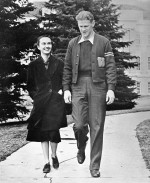 Ira president of the student association walking with secretary Mary SAMPSON Ira president of the student association walking with secretary Mary SAMPSON |
|---|
Meeting of the student association, President RUMBURG is in the center 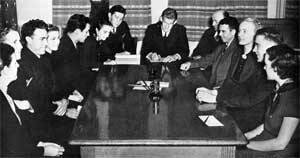 |
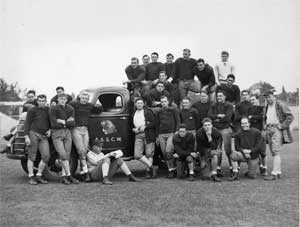 Ira with 1937 football team, he is second from the left against the truck Ira with 1937 football team, he is second from the left against the truck |
| Brother of Ira | Harold RUMBURG
| |
|---|---|---|
| NUMBER OF SERVICE | 393366510 |  |
| DATE OF BIRTH | 28 April 1906 WASHINGTON | |
| STATE | Columbia Country OREGON | |
| FAMILY | Married | |
| RANK | Corporal | |
| JOB BEFORE ENLISTEMENT | sports instructor | |
| DATE of ENLISTEMENT | 21 July 1943 | |
| Brother of Ira | Dean L RUMBURG
| |
|---|---|---|
| NUMBER OF SERVICE | 39464762 |  |
| DATE OF BIRTH | 1923 WASHINGTON | |
| STATE | Whitam Country WASHINGTON | |
| FAMILY | ||
| RANK | Sergeant | |
| DATE of ENLISTEMENT | 17 April 1943 Spokane WASHINGTON | |
| SOURCE INFORMATION & PHOTO | Clive TIRLEMONT - Frédéric LAVERNHE - Leopoldville.org - Findagrave.com |
|---|---|
| PROGRAMMER | Clive, Frédéric & Renaud |


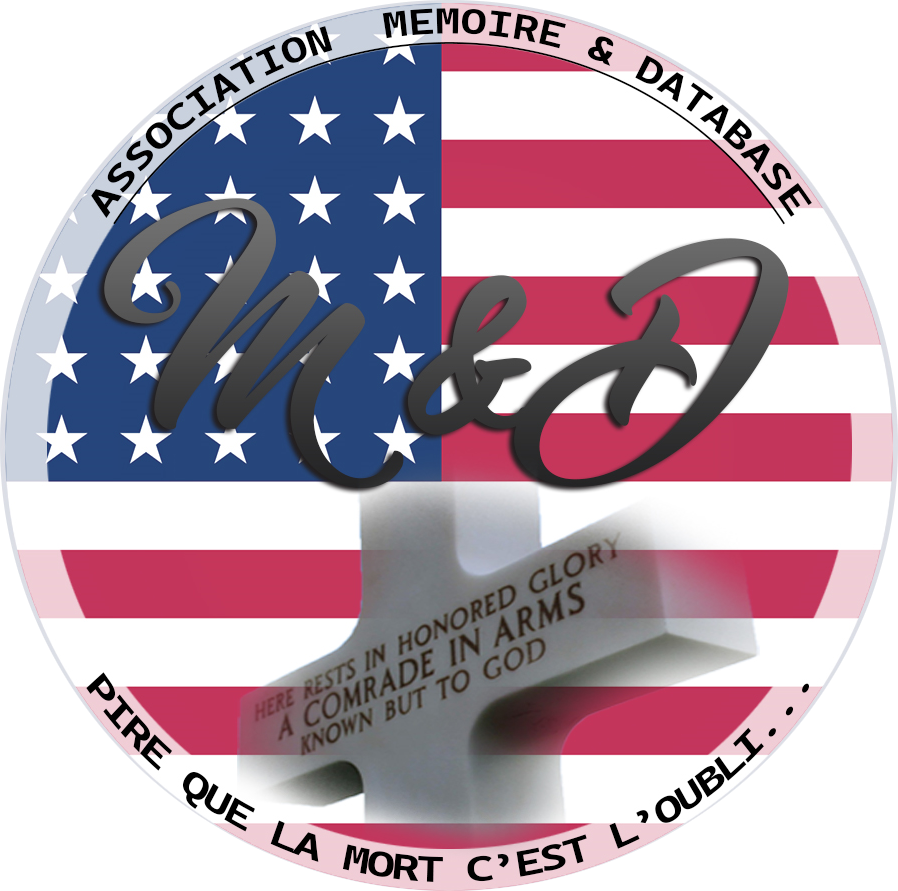




















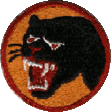
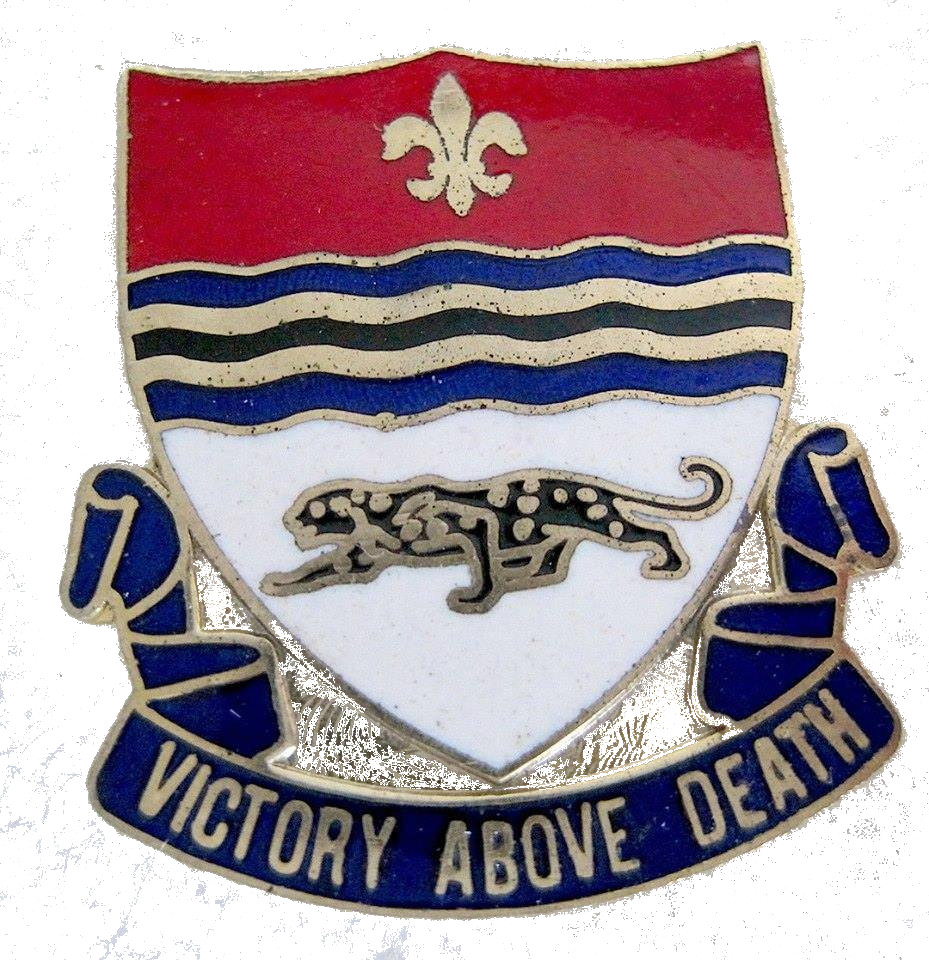
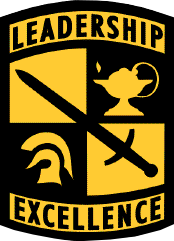
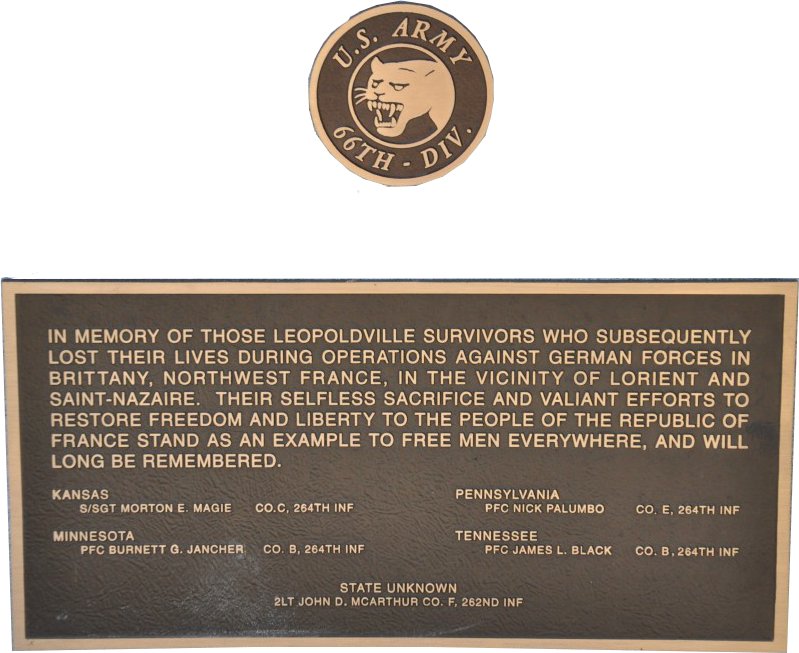 See History of Leopoldville (Click on the picture)
See History of Leopoldville (Click on the picture)